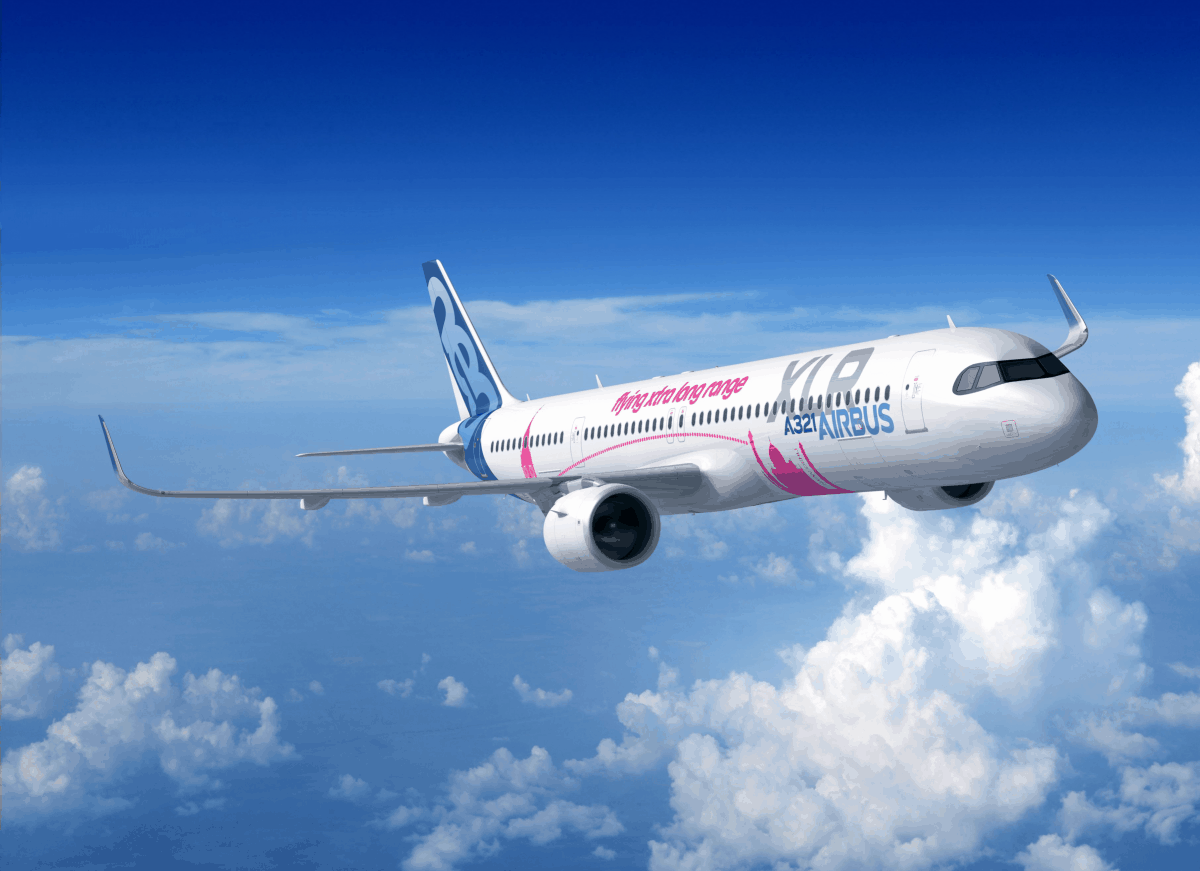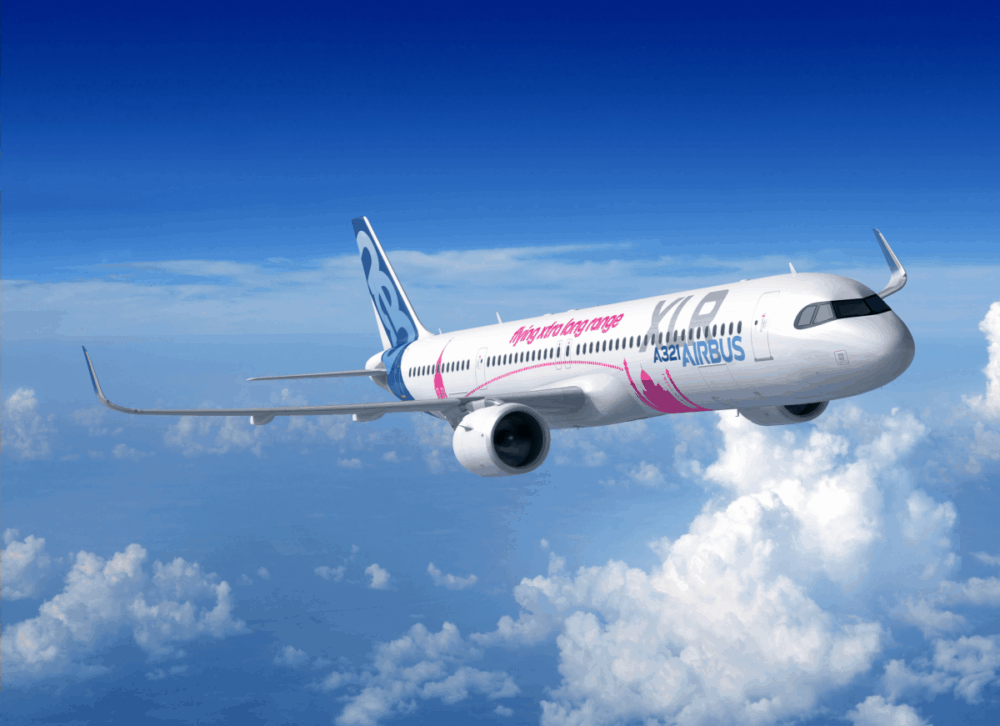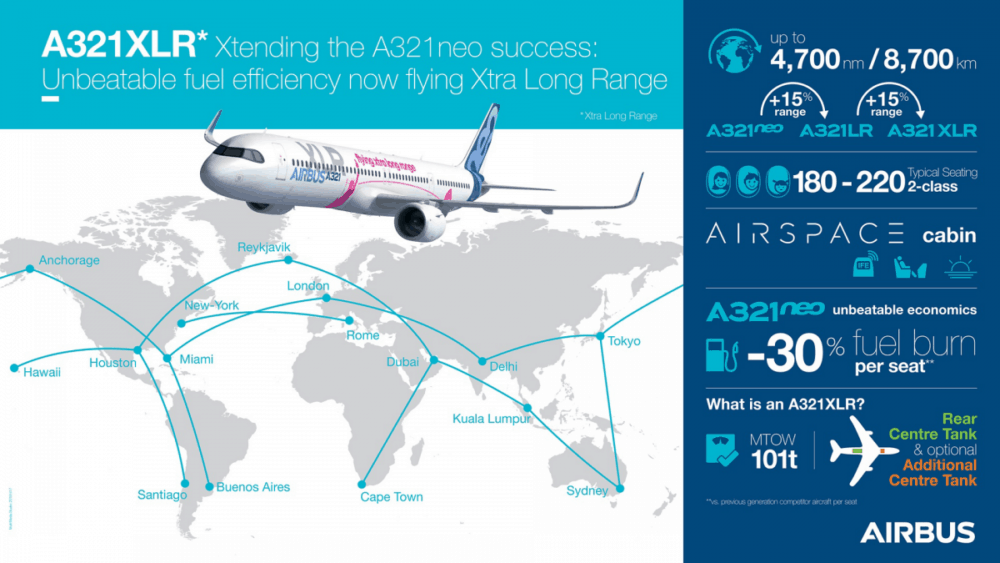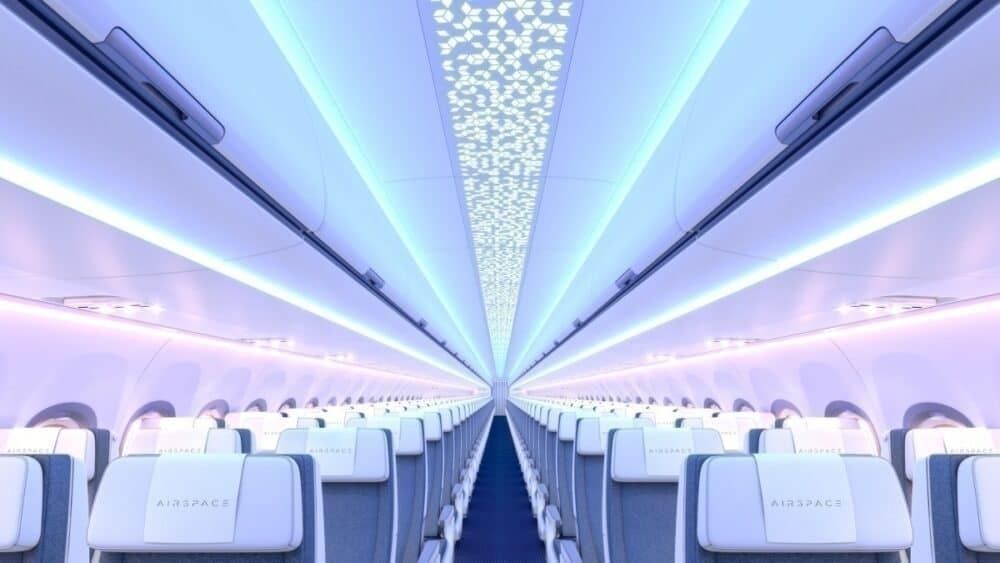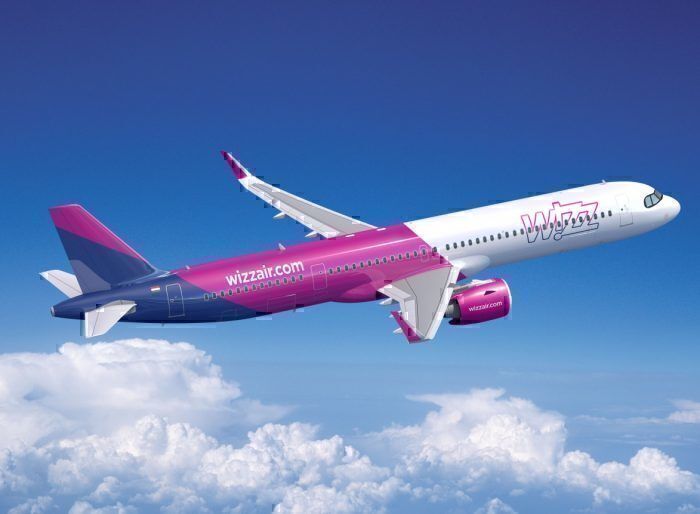The Airbus A321XLR, with its smaller capacity but long-range, is set to be the perfect aircraft for our post-crisis low-demand world. What can we expect from the plane, and how will its role change in the coming years?
What is the Airbus A321XLR?
Announced at the Paris Air Show back in 2019, the aircraft is a further range extension to the already popular Airbus A321LR (which is a long-range version of the A321neo).
By including in extra fuel tanks in the hold, Airbus has been able to push the aircraft's range by another 15% up to 4,700 nautical miles (8704.4 km).
Because of its range capacity, carriers can use the aircraft to launch very long, thin routes between city pairs. Imagine that, instead of having to fly from Boston to Manchester via the hubs of New York and London, you could fly direct onboard the world's longest-range narrowbody.
Stay informed: Sign up for our daily aviation news digest.
What does this mean under current circumstances?
As demand has fallen off a proverbial cliff for airlines (with many flag carriers not even flying), a new aircraft that is cheap to run but can still operate long-haul flights is a miracle.
The A321XLR is easier to fill up with passengers. Even high-density configurations only have around 220 seats. But it can still fly the majority of longer flights (like cross-continental routes). This means airlines don't need to operate bigger planes like Airbus A330s or Boeing 787s when a smaller plane might suffice.
In the past, airlines have had no option but to either cancel flights or operate way too much capacity (like having to fly Airbus A380s instead of smaller aircraft). But the A321XLR will mean this is no longer necessary and will allow airlines to maintain routes without costing a fortune.
Plus, a smaller plane is easier to make profitable, as you need to sell far fewer seats. And with fewer people wanting to travel long-haul, its a perfect match.
Who has ordered the Airbus A321XLR?
Currently, there have been 450 orders for the XLR from 24 customers. While most of the orders are from flag carriers looking to supplement their short-haul fleets, there are some additional airlines in there of note.
For one, Ingido Partners has ordered 50 Airbus A321XLRs. The group focuses on low-cost travel, and this will be the first true long-haul aircraft to enter the fleet. With this aircraft, they will be able to offer tourism destinations very far from their hubs (for example, Thailand from Abu Dhabi by Wizz Air) and could even become the next Norwegian in the cross Atlantic battle.
The new center fuel tank is currently under production and will go to Airbus' Hamburg facility in 2021. The aircraft will be prototyped and will fly around 2022-23, before being delivered by 2023 to customers.
What do you think? Would you fly on the Airbus A321XLR? Let us know in the comments.

